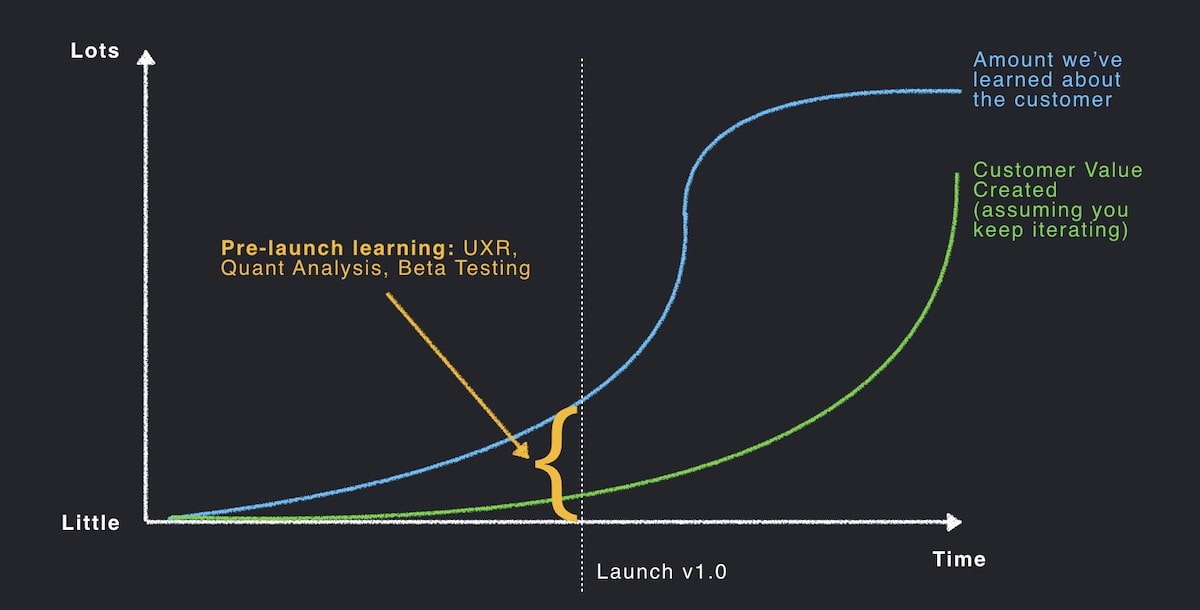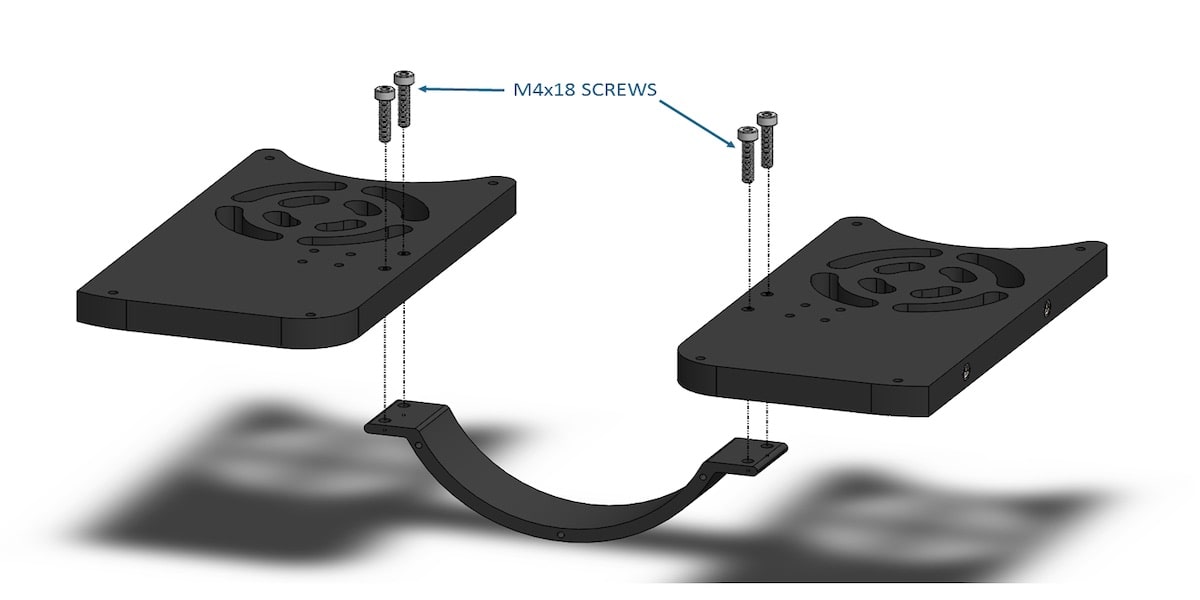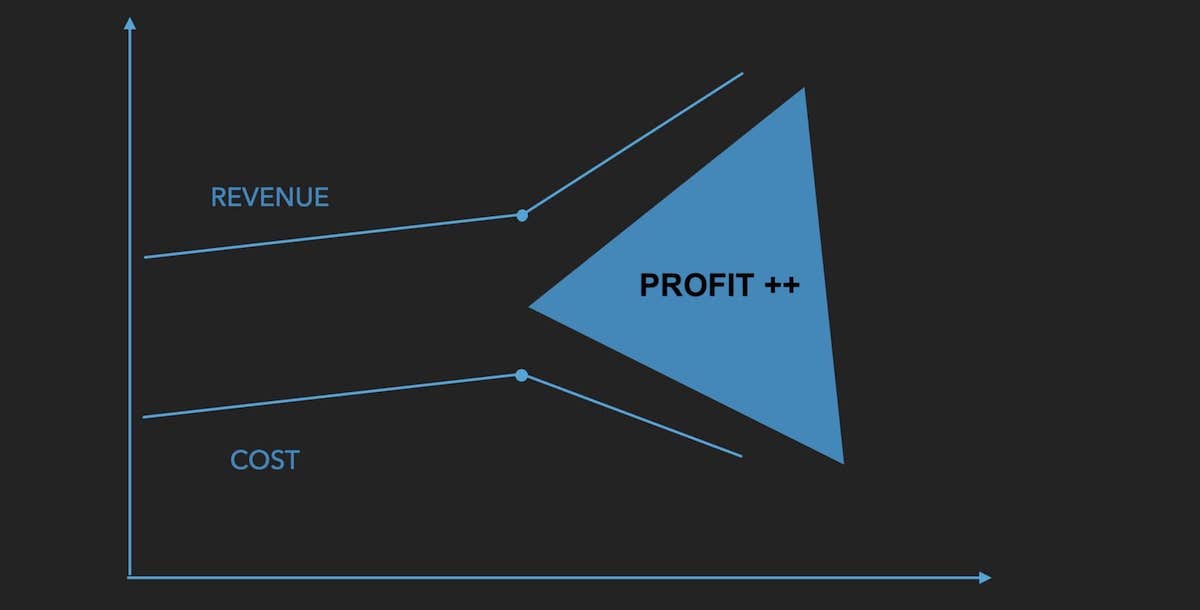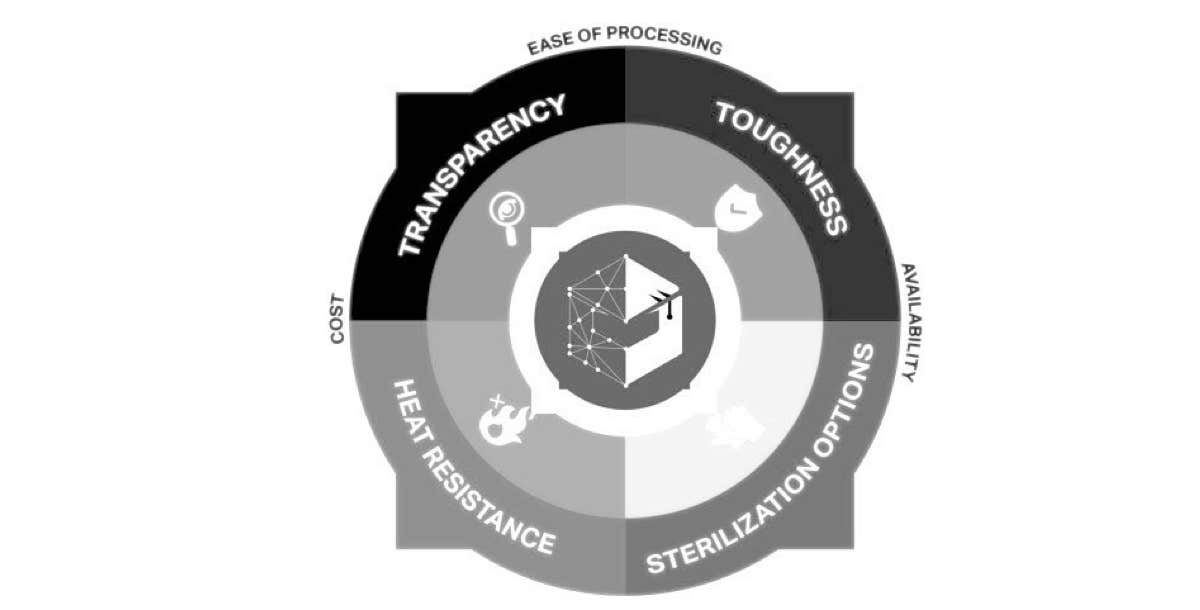Cost Reduction for Manufacturing: Best cost saving ideas in 2021

Step By step Guide Cost Saving Ideas Manufacturing Companies
Cost saving ideas Introduction
The price of goods and services is largely determined by how much the company spends on their production. Cost is one of the key factors affecting the competitiveness of a business, market share and profit margins. In this regard, the analysis and reduction of production costs in the long run and optimize your return on investment can be considered one of the most important areas of activity of any enterprise. However, sustainable results in this area are achieved only with systematic work within the framework of a cost minimization plan and save money.
what is cost reduction?
A cost reduction policy can be understood as a set of guidelines coordinated by the company's top management with the objective of permanently and generally reducing its costs and expenses through coordinated and integrated approaches, specific measures and procedures, to obtain gains in efficiency and productivity.
How to reduce cost in manufaturing?
Lower manufacturing cost equal higher profit: As simple as the connection may seem, it is difficult to implement in practice. The greater lever for optimized product costs in the long term is not in production, but in product design. Optimizing the manufacturing process reduces manufacturing cost by ten to 20 percent. But a real redesign can enable potential savings of over 50 percent.
Manufacturing Cost :
A real redesign can enable a potential of
cost savings of over 50%
Does minimizing costs come at the expense of quality? Or can the product even be improved by focusing on product features and systematic process optimization?
Phase 1: Product / process analysis
Phase 2: Development of concept alternatives
Phase 3: validation and implementation management
Requirements analysis - "What the customer actually wants"

In operational practice, requirements are often lumped together in an unstructured manner. They are not specified and prioritized too little, cause and effect are mixed up. This is where the cleanup process begins. First of all, the needs of the market are determined and prioritized. In a more in-depth analysis, what the customer actually needs is questioned - because the most interesting potential lies where he does not yet know his real needs exactly.
The main thing here is to formulate the requirements precisely and logically. Therefore, linguistically gifted team members are very helpful in this process, who are concise and apt not only in the topic, but also in the semantics of the word.
A sharp and extremely logical separation of the requirements into primary / secondary and basic functions is crucial. The Kano model graphically describes the difference between enthusiasm, basic and rejection characteristics (these are product characteristics that even lead to rejection).
An example: For a car, the requirement of driving pleasure applies on a different level than that of the turning circle. A high level of driving pleasure and a small turning circle are important criteria for every car, although their priority is different for the premium model than for the entry-level model.
The aim is to classify the collected requirements both at the right level and with the right priority. The requirements "list" finally becomes a requirement profile.
Product value analysis - process costs instead of material costs
After the requirements have been structured and specified, the architecture of the product or module is analyzed and the costs are assessed. The analysis of the module, assembly and individual part costs sorts the cost savings drivers in a ranking and shows the scope: "Big potentials before peanuts"! Often only the material costs are assessed, since most companies do not charge process costs.
Internal handling, logistics, storage and packaging costs etc. are included in the overhead costs. Since they cannot be directly assigned to the products, they are offset and apportioned across the board. This leads to an internal subsidy for individual products and shows them more cost-effectively than is actually the case. In order to achieve a causal allocation,
Manufacturing / assembly process analysis as direct experience

Personal experience gives people the greatest gain in knowledge and leaves the strongest impressions. In order to analyze manufacturing and assembly processes for their cost saving ideas potential, own experience on site is essential. Most companies have their own production systems, but how well does the developer know them?
Together with the developers and product managers, it is mandatory to go to production on site in order to put on and assemble the overalls yourself. Such a haptic process recording helps much more than just relying on the oral tradition. How long does what How simple or complicated are the joining or assembly steps? How is it handled? Experiencing with all of the senses creates the most concrete and lasting impressions to develop ideas,
Functional cost value analysis
A product value analysis alone, i.e. the ranking and subsequent focus on the component costs of a product, is too short-sighted. The allocation of the degree of participation of the components in the fulfillment of the previously weighted functions results in a profile that is partially opposite to the pure material value. A component with low material costs can make a high contribution to functional costs and vice versa.
Product benchmarking - out of the box!
Experience can also be counterproductive if self-imposed limits reduce the scope for solutions. The aim of product benchmarking is to orientate yourself towards other products outside the company. Here, competitor products are usually dismantled and calculated as if they were produced on your own production facilities. In this way, internal company taboos, so-called "no-go statements", can be broken. They then lead to changes that one would not have thought possible.
For a few companies, the comparison extends beyond the competition products to products with comparable individual features. They are looking for the respective benchmark for the previously high-priority product feature outside of the competitive environment. Because here they can come up with completely new impulses (eg the "world champion" in intuitive operation, in surface feel, etc.). Real competitive cost saving in lean manufacturing advantages cannot be achieved through imitation.
How to reduce the cost of production?

The main elements of manufacturing cost cutting
If an entrepreneur is aimed at reducing the cost of goods manufacturing, he must be prepared that this process will take time and will not immediately lead to a tangible result. The main ways to reduce costs include:
1. Increase in production volumes
Many costs to organizations are variable. They directly depend on the volume of production: if more products are produced, these costs increase, if less, they decrease. Variables are costs for such items as the purchase of raw materials and materials, wages for workers, payment for energy expended in the operation of equipment.
2. Increase in labor costs productivity
There are several conditions under which labor costs productivity grows due to amount of manual processes and enterprise reduces cost. The volume of products produced per worker can be increased due to the implementation of organizational and technical measures in parallel with the change in manufacturing rates and prices for the work performed.
3-Operating cost reduction
Effective reduction "lean manufacturing" costs without planning is impossible. This can be the cost of electricity for the main equipment, for the remuneration of employees involved in the production of products product quality, as well as for the maintenance of premises and equipment.
As you can see, manufacturing companies and technology plays a central role in most process optimization actions. In order to keep up with the future of the industry, reducing production costs is an objective that requires long run innovation - so that routine practices are always renewed and more effective cost saving ideas and solutions find their place.
Adopt these practices now and find the way to more efficient production at a low cost!
Which manager doesn't live in search of strategic ways to reduce the operational costs of his company? This constant search allows the cost cutting and, consequently, the profit to increase! Following this same line of reasoning, have you thought about 3D printing to reduce costs? It's totally possible and we'll show you how in this content!
Using 3D printing to reduce prototyping costs, as well as production costs, is a very effective practice! This is because this technology can be an excellent cost reduction resource for optimizing industrial operations.
It can allow you to improve your product quality at a lower cost. By creating lighter parts, working on the design to obtain more efficient prints and more adapted to your use, you can consider overhead costs at different levels.
So, including this technology in prototyping and production processes can help companies substantially. Now let's take a closer look at how it all impacts manufacturing cost in a manufacturing process. Check out!
Cost reduction in tools
More than the price of the individual piece, it is possible to use 3D printing for cost reduction throughout the manufacturing process. It can be a way to completely rethink your production process and allow for an continuous improvement in the supply chain.
An excellent way for cost saving in the manufacturing process is to reduce tooling costs. For example, it is possible to create mechanisms in the 3D part itself to decrease the need for tools during production, such as a fitting without the need for screws. Another alternative is to create parts that do not require any post-processing.
Some car manufacturers have already identified a reduction of up to 90% in the cost of tooling for the assembly process just by creating mechanisms with 3D printing. Of course, this reduction depends on the company's line of business and how the technology is used. Either way is a good way to cut your costs when it comes to tools.
Accelerating the product development process
3D printing to reduce costs is an incredible production process, which helps in creating many projects at a lower price when it comes to prototyping.
In traditional manufacturing methods, with injection molds, you will have to create them before manufacturing the product. This process is very expensive and takes a long time. Besides, if something goes wrong you can lose your mold and have to start all over again.
This would generate an even greater cost cutting. However, when printing is used, just prepare a 3D file in some modeling software . So you can modify it as many times as you like, making different interactions in your prototype during the process. This feature is an asset for product development.
Optimizing 3D printing design to reduce costs
If you want to use 3D printing to take advantage of costs reduction in industrial processes, you will have to optimize your model. Working on product design can allow you to improve your printed piece and reduce your overhead costs in the long run. That's because, when creating your model in 3D modeling software, you can create a really ideal project and use the right amount of material, thus avoiding waste.
Using cheaper materials

The use of 3D printing offers the company several possibilities to choose between different types of filaments. You can reduce material costs thanks to a more affordable choice. But always remember that your application must be taken into account when defining the raw material.
All of these materials are different and have specific properties. You will have to find the best material for your project. For example, for some applications you can use ABS which is a less expensive type of filament, however, for others the most suitable is PLA or PETG because of its properties .
With the reduction of manufacturing cost, optimization of processes, and all the other metrics mentioned, it becomes easier to achieve the objectives of your project. So we hope that this content has helped you to see more clearly the benefits of 3D printing to reduce the costs of industrial processes.
Conclusion
With specialized and motivating training, it is possible to optimize the production process of a product by minimizing the waste of time and raw materials. This make sure employees work at a faster pace and with higher quality.
Therefore, it is crucial that companies have a general awareness of all bottlenecks and the opportunities for possible continuous improvement, both administrative and technological, which can be sought and achieved in order to save money on any production. With this, a more optimized cost-production and competitive advantage for the business is achieved.
Why Your Company Should NOT Invest In 3D Printing Machine ?
3D printing is a new emerging technology, but here is a list of 22 Raisons to consider before buying an in house 3D printing machine ?
Read MoreWhat Is Urethane Casting? [Everything You Need To Know]
What is urethane casting? How does urethane method work? Comprehensive information about vacuum/urethane casting advantages and disavantages.
Read MoreRapid Prototyping: Here Everything You Should Know In 2021
Rapid prototype process guide 2020. Tips rapid prototypes methods & quick prototyping techniques, manufacturing process, surface finish, high fidelity
Read More
